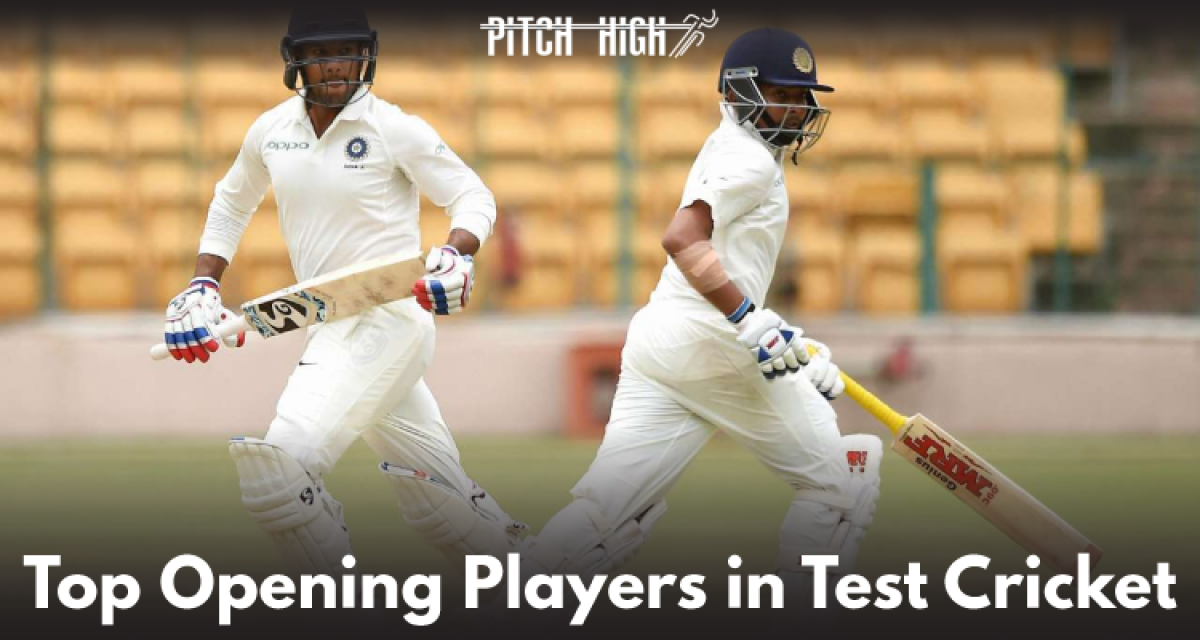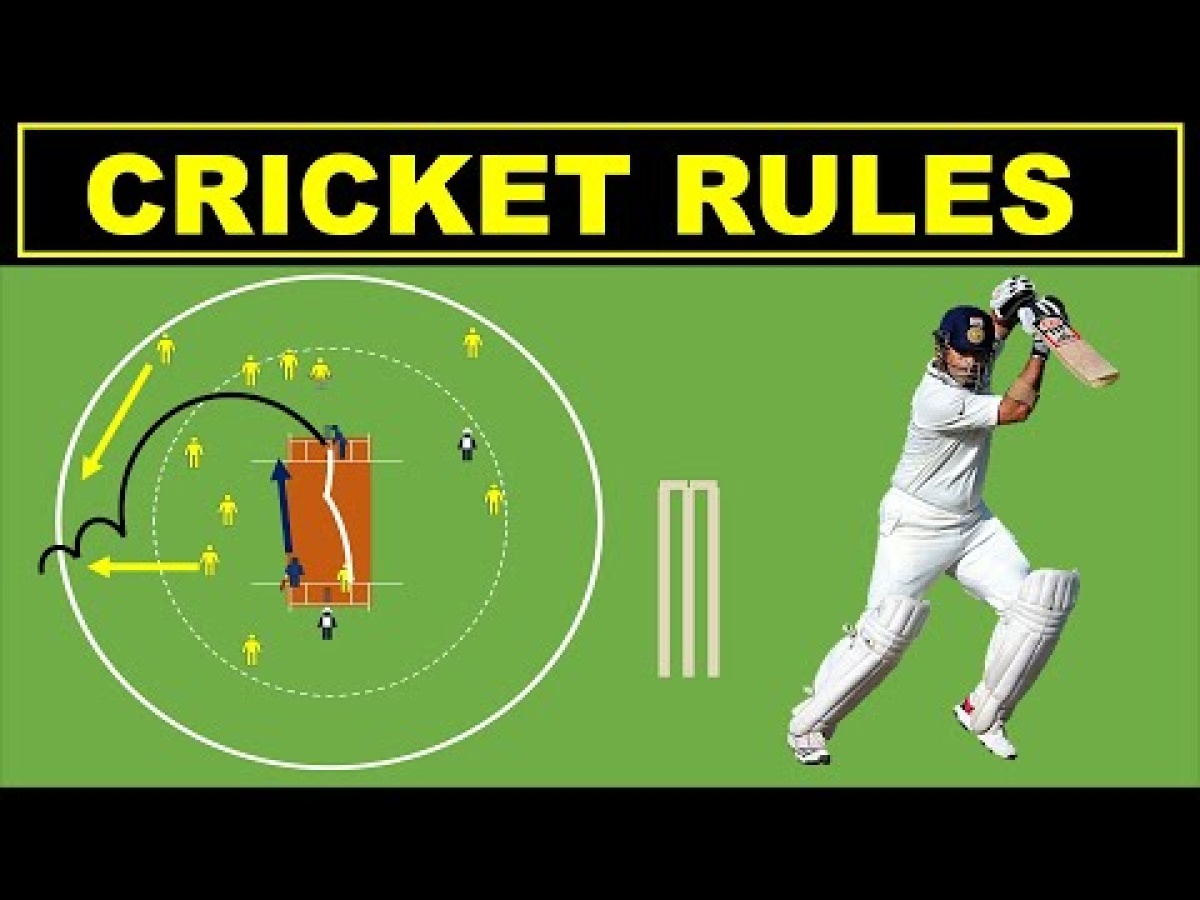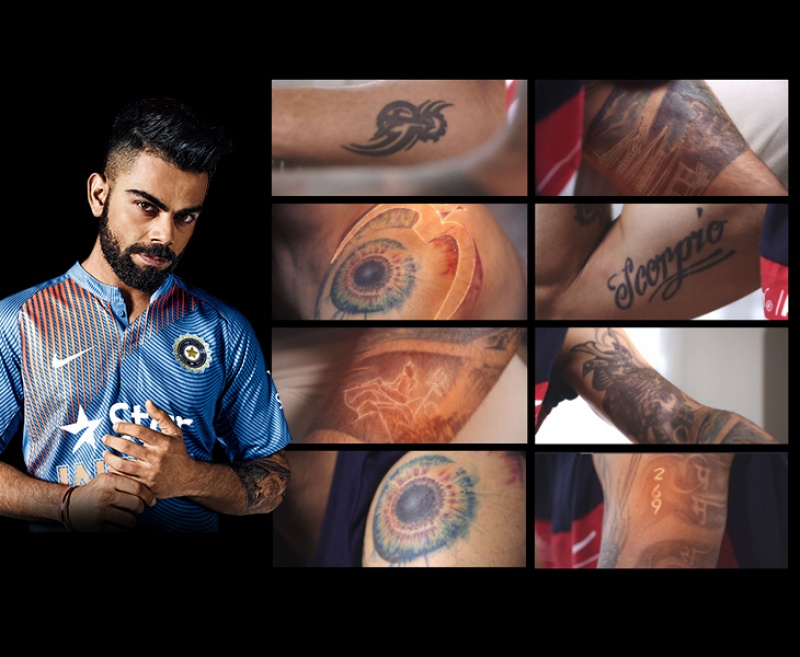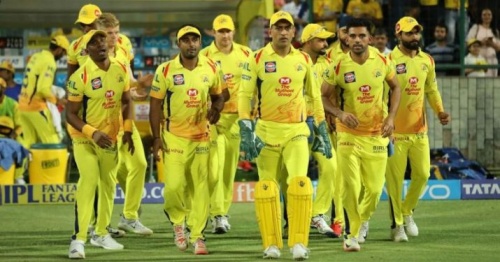
In a five-day game in which both teams play twice, the rookies play an important role in laying the groundwork. For the first hit team, you want your players to get off to a great start so that the others can take advantage of that and put pressure on the opponent. One of the most important roles in converting a team's fortune to test cricket is the starting batsmen. No wonder why the teams with the best beginners at their disposal are so successful in the longer format.In Test Cricket, if a beginner falls early, it gets really hard on the mid-ranking to driveRecovery against the red ball. Beginners play against the opposing team's best shootersFace the toughest spells in Test Cricket. Test cricket has, over the years, witnessed many world-class beginners who become an inspiration for the younger generation.Gautam Gambhir and Virender SehwagGautam Gambhir and Virender Sehwag have been hailed as one of Test Cricket's Best Indian Opening Pairs. It was super fun to watch the two hit together, regardless of the format. The two share a great bond and played for Delhi Ranji Team. Virender Sehwag and Gautam Gambhir participated in several surprising opening partnerships during the period 2004-2012, where they wrestled together at the starting position in 87 events and scored 4,412 points with an average of 52.52. They participated in 11 federations of a hundred races in Test Cricket.Marvan Atapattu and Sanath JayasuriyaMarvan Atapattu and Sanath Jayasuriya ended their careers with a lot of jobs under their belt. Both scored numerous rounds in all formats and shared excellent Test Cricket partnerships. Together, they scored 4,469 points in 118 rounds when they began for Sri Lanka in the test. They scored matches with an average of 40.26 healthy and participated in 9 100 entries in the longest-running form of the game.Alastair Cook and Andrew StraussFrom 2006 to 2012, England was blessed with strong starting partner Andrew Strauss and Alastair Cook. Both were prolific run-scorers for England. Alastair Cook is, in fact, England's number one run-scorer on auditions. Cook and Strauss scored many kicks together as beginners and contributed significantly to England's Test victories.They are currently the third-best starting pair on Test Cricket, having scored 4,771 passes together with an average of 40.96. Additionally, they shared 14 race partnerships when they opened for England in the test.Matthew Hayden and Justin LangerDuring the period 2000 and 2007, Australia was considered invisible. They boasted strong leadership, including a world-class starting pair of Matthew Hayden and Justin Langer. Langer and Haynes had the ability to build a great partnership and tire opposing bowlers.Both leftists have enjoyed an excellent cricket career. They formed many associations that helped the team win matches. Matthew Hayden and Justin Langer are currently the second-best starter duo on Test Cricket. The duo fought together in 113 rounds, scoring 5,655 rounds with an average of 51.88.Gordon Greenidge and Desmond HaynesThe West Indies staring couple Gordon Greenidge and Desmond Haynes are still the best starting duo in Test cricket. Greenidge and Haynes love to work together and have come together in numerous partnerships. Greenidge and Haynes played one of the biggest roles in making the West Indies a formidable test unit during the 1990s, starting together in 148 rounds, scoring 6,482 points with an average of 47.31. Sew up to 16 assemblies for hundreds of executions.Also Read: India vs Australia 1st Test | IND vs AUS Probable XI | Fantasy Playing Tips | More

Crash Course in Cricket: Understanding the Game and ScoringCricket, often called India's unofficial religion, can be confusing for newcomers. But worry not! This guide will break down the basics of the game and scoring, making you ready to join cricket conversations in no time.The Game: Teams, Equipment, and FieldTwo Teams: Cricket is a battle between two teams of 11 players each. Batsmen score runs, bowlers try to get them out, and the wicket-keeper catches and gathers throws behind the wickets.Essential Kit: The game revolves around the ball, the bat, and the wickets (three stumps with bails on top).The Field: Matches are played on a large oval field. The center has a rectangular pitch with a 22-yard length. At each end, there's a set of wickets.The Match: Innings, Overs, and DurationInnings Breakdown: A match is divided into innings, where each team bats for a set time or number of overs (balls bowled). One-day internationals have 50 overs per innings, Twenty20 has 20, while test matches last for days with a set number of overs bowled each day.Action on the Pitch: During an inning, two batsmen from the batting team are on the pitch, facing the bowler from the opposing team (bowling team). The rest of the bowling team fields around the pitch.Basic Rules and RegulationsFair Play in the Field: Fielding positions are restricted to ensure fairness. Only two fielders can be placed close to the batsmen in a specific area during the first 10 overs. This rule changes as the game progresses, allowing more fielders closer to the batsmen later on.Penalty Balls: There are three types of penalty balls that award runs to the batting team:No Ball: Occurs when the bowler bowls illegally, giving the batsman a free hit (cannot be dismissed except by run-out or stumping).Wide Ball: Awarded when the ball is too far outside the batsman's reach to be played comfortably.Dead Ball: Happens when the ball bounces twice or more before reaching the batsman. No runs are scored, but the bowler bowls again.Bye and Leg Bye Runs:Bye: Scored when the ball avoids the batsman's bat and body, but the batsmen still run.Leg Bye: Scored when the ball hits the batsman's body (while trying to play the ball) and the batsmen run.Scoring Runs and Winning the GameRuns: Batsmen score runs by hitting the ball and running between the wickets, or by hitting the ball to the boundary.Running: One run is scored for each complete run between the wickets.Boundaries: Four runs are awarded if the ball touches the ground before going over the boundary, and six runs for a ball going over the boundary without bouncing inside the field.Getting Batsmen Out (Wickets): The bowling team aims to dismiss batsmen (lose their wicket) to stop them from scoring. Common ways to get a batsman out include:Catch: A fielder catches the ball hit by the batsman within the boundary.Bowled: The ball bowled by the bowler hits the wicket.Leg Before Wicket (LBW): The ball hits the batsman's leg or body in line with the stumps.Stumped: The wicket-keeper removes the bails with the ball before the batsman gets his bat or body grounded behind the crease.Run Out: A batsman is caught out of his crease when the ball hits the wicket.Winning: The team with the most runs at the end wins the match.Now you have the basics! With this knowledge, you can confidently follow cricket matches and participate in conversations with your cricket-loving friends and colleagues. Remember, there are more intricacies to the game, but this guide equips you with the fundamentals to get started.Also Read: Best Example Of Nepotism Pakistan Star Azam Khan






